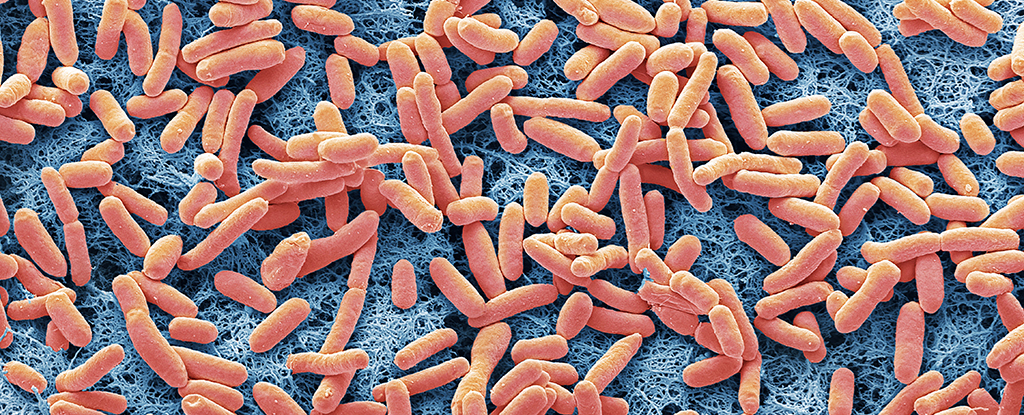NASA plans to make a second attempt to launch its massive next-generation moon rocket on Saturday, Sept. 3, five days after a pair of technical issues thwarted the first attempt, agency officials said on Tuesday.
However, weather forecasts predicted only a 40% chance of favorable conditions on Saturday, and the US space agency acknowledged that some outstanding technical issues remained to be resolved.
At a press conference a day after the first countdown ended with the flight being scrubbed, NASA officials said Monday’s experience was useful in troubleshooting some issues and that additional issues could be worked out during a second launch attempt.
In this sense, the launch exercise was essentially a live dress rehearsal for what would hopefully be a successful liftoff.
For the time being, NASA officials plan to keep the 32-story-tall Space Launch System (SLS) rocket and its Orion astronaut capsule on the launch pad to avoid having to roll the massive spacecraft back into its assembly building for more extensive tests and repairs.
If everything goes as planned, the SLS will launch from the Kennedy Space Center in Cape Canaveral, Florida, on Saturday afternoon during a two-hour launch window that opens at 2:17 p.m., sending the Orion on a six-week test flight around the moon and back.
The long-awaited mission would kick off NASA’s moon-to-Mars Artemis program, which would be the successor to the Apollo lunar project of the 1960s and 1970s before the United States human spaceflight efforts shifted to low-Earth orbit with space shuttles and the International Space Station.
On Monday, NASA’s initial Artemis I launch attempt was aborted after data revealed that one of the rocket’s main-stage engines had failed to reach the proper pre-launch temperature required for ignition, forcing a halt to the countdown and a postponement.
Mission managers told reporters on Tuesday that they believe the engine cooling issue was caused by a faulty sensor in the rocket’s engine section.
As a result of Saturday’s failure, mission managers plan to start engine cooling roughly 30 minutes earlier in the launch countdown, according to NASA’s Artemis launch director Charlie Blackwell-Thompson. However, more data analysis by engineers is required to provide a complete explanation for the faulty sensor.
“The sensor’s behavior does not match the physics of the situation,” said NASA’s SLS program manager, John Honeycutt.
Honeycutt stated that the sensor was last checked and calibrated in the rocket factory months ago. Replacing the sensor would necessitate rolling the rocket back to its assembly building, which could cause the mission to be delayed for months.
The SLS-first Orion’s flight, dubbed Artemis I, aims to put the 5.75-million-pound vehicle through its paces in a rigorous demonstration flight that pushes its design limits before NASA deems it reliable enough to carry astronauts.
Artemis, named after the goddess who was Apollo’s twin sister in Greek mythology, aims to return astronauts to the moon’s surface as soon as 2025, though many experts believe that time frame will be pushed back a few years.
The two-man descent team of Apollo 17 in 1972 were the last humans to walk on the moon, following in the footsteps of ten other astronauts on five previous missions beginning with Apollo 11 in 1969.
Artemis is also enlisting commercial and international assistance to eventually establish a long-term lunar base as a stepping stone to even more ambitious human voyages to Mars, which NASA officials estimate will take until the late 2030s.
However, NASA still has a long way to go, beginning with getting the SLS-Orion vehicle into space.





